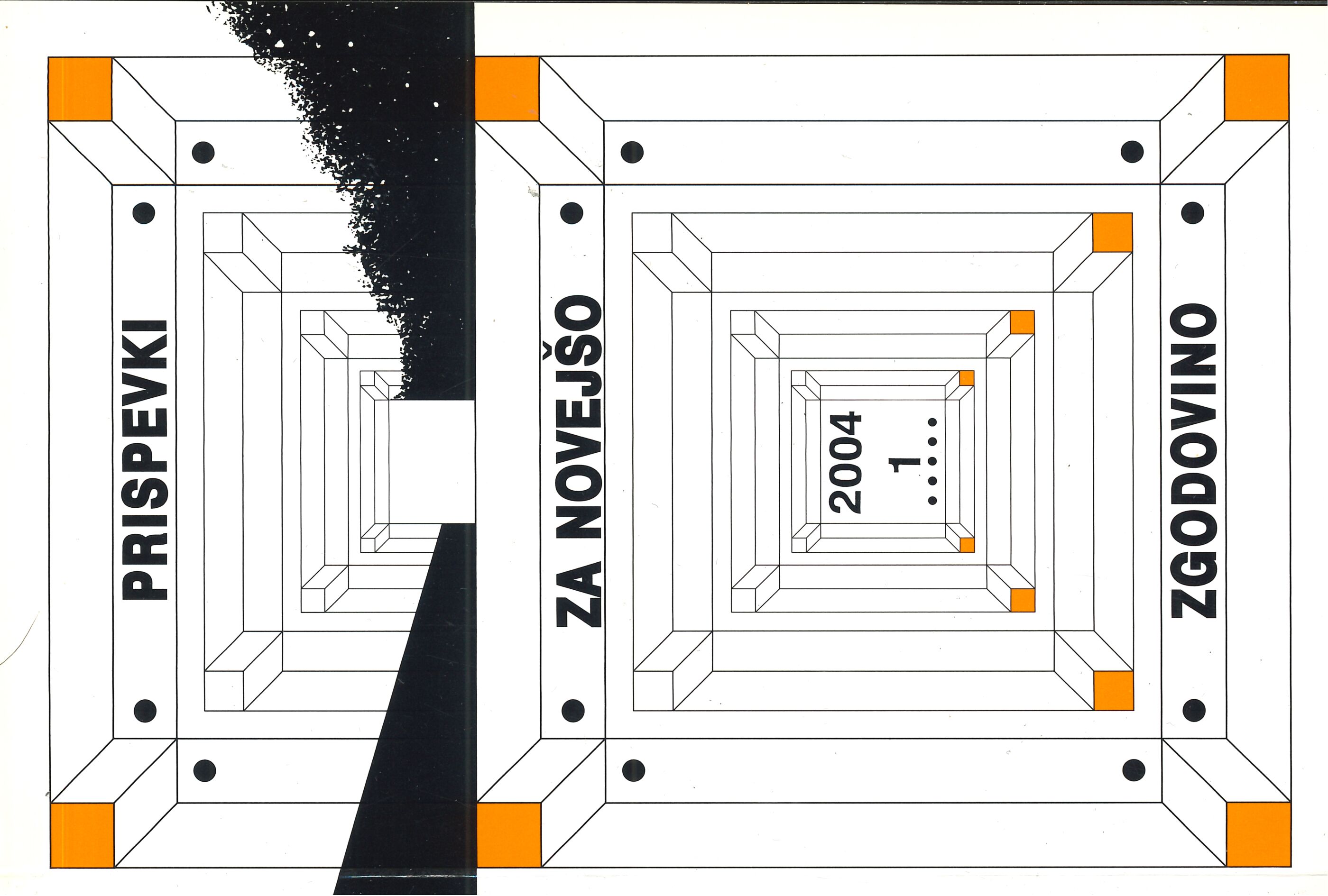The Rise of Fascism along the Italian Eastern Border
Keywords:
Italia, fascism, border fascism, the Littoral Slovenes, the Italo-Slovene relationsAbstract
The author presents the reasons for the rise of fascism along the Italian eastern border, i.e. Trieste, and the expressions of this phenomenon which the Italian historiographers are reluctant to recognize and discuss at any depth. Fascism along the Italian eastern border had its roots in the devastation caused by the First World War and the events after the war when the civilian rule was replaced with a prolonged military one. Trieste became a new bulwark for the Italian expansion towards the Danube area and the Balkans. Because of this Italy considered it necessary to "improve" and "cure" the area along the border, also by populating it with "our own race". With regards to the relations between the Italians, on one hand, and the Slovenes and Croats, on the other, one can speak of some kind of "colonial racism": the Italian "superior culture" in front of the Slavic "non-culture".
Downloads
Published
Issue
Section
License
Authors who publish with this journal agree to the following terms:
- Authors retain copyright and grant the journal right of first publication with the work simultaneously licensed under a Creative Commons Attribution License that allows others to share the work with an acknowledgement of the work's authorship and initial publication in this journal.
- Authors are able to enter into separate, additional contractual arrangements for the non-exclusive distribution of the journal's published version of the work (e.g., post it to an institutional repository or publish it in a book), with an acknowledgement of its initial publication in this journal.
- Authors are permitted and encouraged to post their work online (e.g., in institutional repositories or on their website) prior to and during the submission process, as it can lead to productive exchanges, as well as earlier and greater citation of published work (See The Effect of Open Access).


